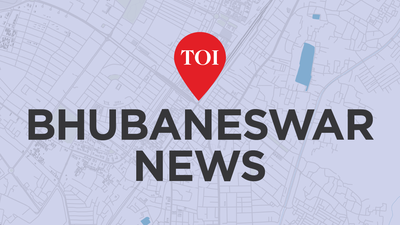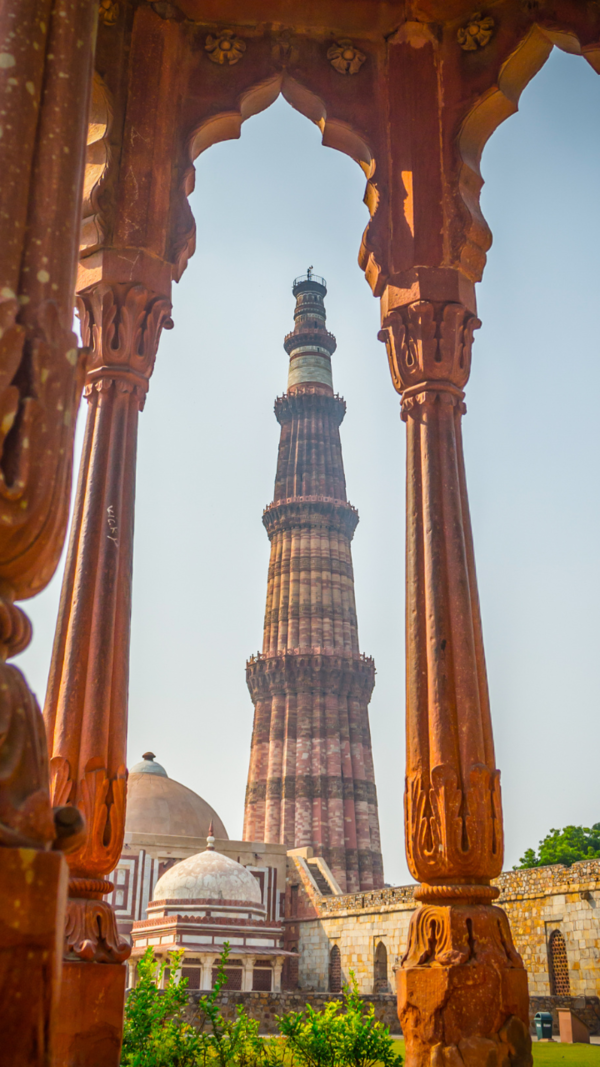- News
- City News
- bhubaneswar News
- Police, Army meet after Pahalgam terror attack
Trending
Police, Army meet after Pahalgam terror attack
Bhubaneswar: In light of India-Pakistan tensions following the Pahalgam terror attack, the city police and Indian Army conducted a crucial coordination meeting at Bhubaneswar on Monday to address potential emergency situations.
The meeting, a first-ever by the commissionerate police, was particularly relevant considering the nationwide outcry over an incident at Bhubaneswar's Bharatpur police station in Sept last year, where some police officers allegedly assaulted an Army officer and sexually abused his fiancée.
"The meeting was aimed at fostering seamless coordination and understanding each other's functioning, responsibilities, power and duties under the law. Coordination between the civil police and armed forces is necessary," commissioner of police S Dev Datta Singh told TOI.
The meeting was attended by Army officers Lt Col Rajendra Singh, Col Nihar Kuanr, Col K G Mohanty and Col Naresh Kumar, among others.
The meeting addressed the existing standard operating procedure (SOP) for police interactions with defence personnel. This SOP requires police officers to maintain respectful behaviour towards defence personnel visiting police stations with complaints. The SOP stipulated that police officers should address defence personnel's concerns promptly, ensuring swift provision of necessary legal and logistical assistance.
End of Article
Follow Us On Social Media










